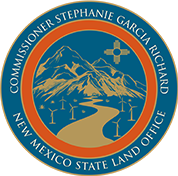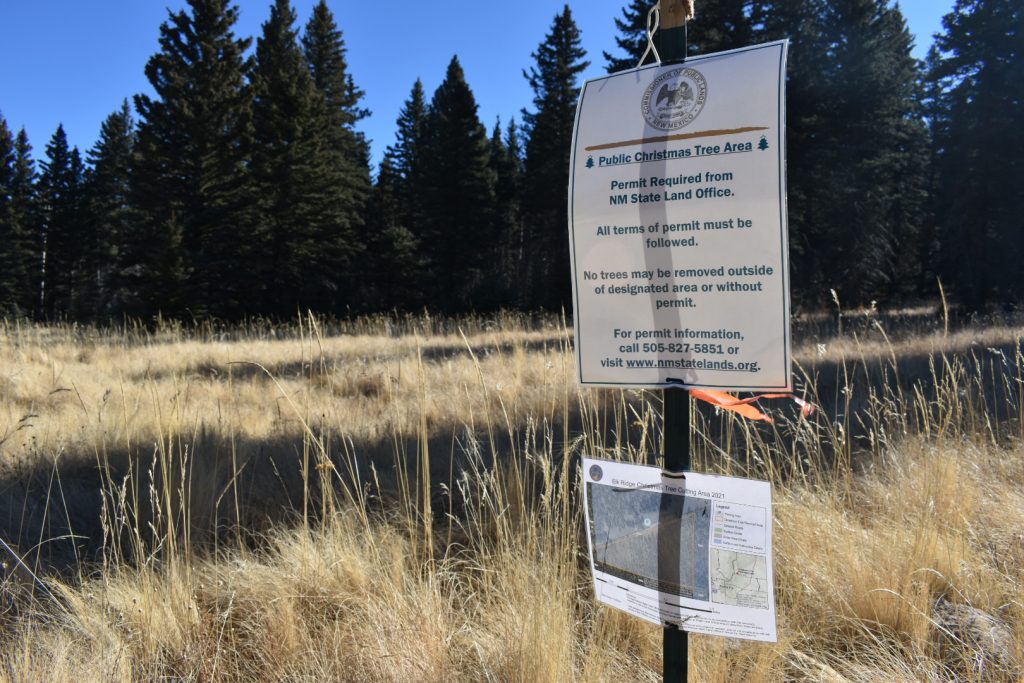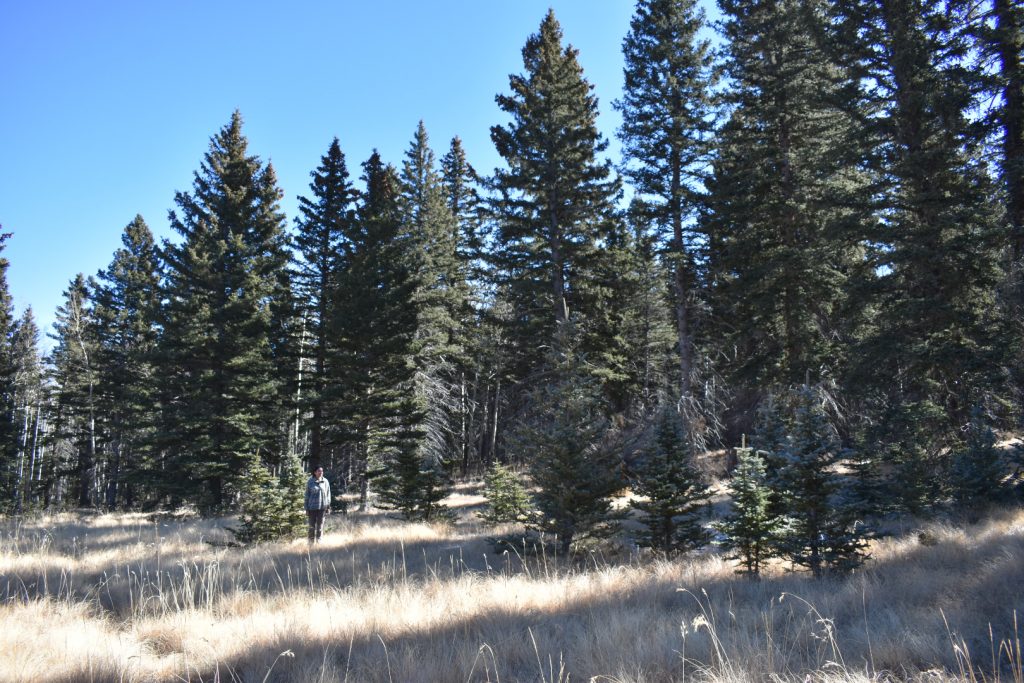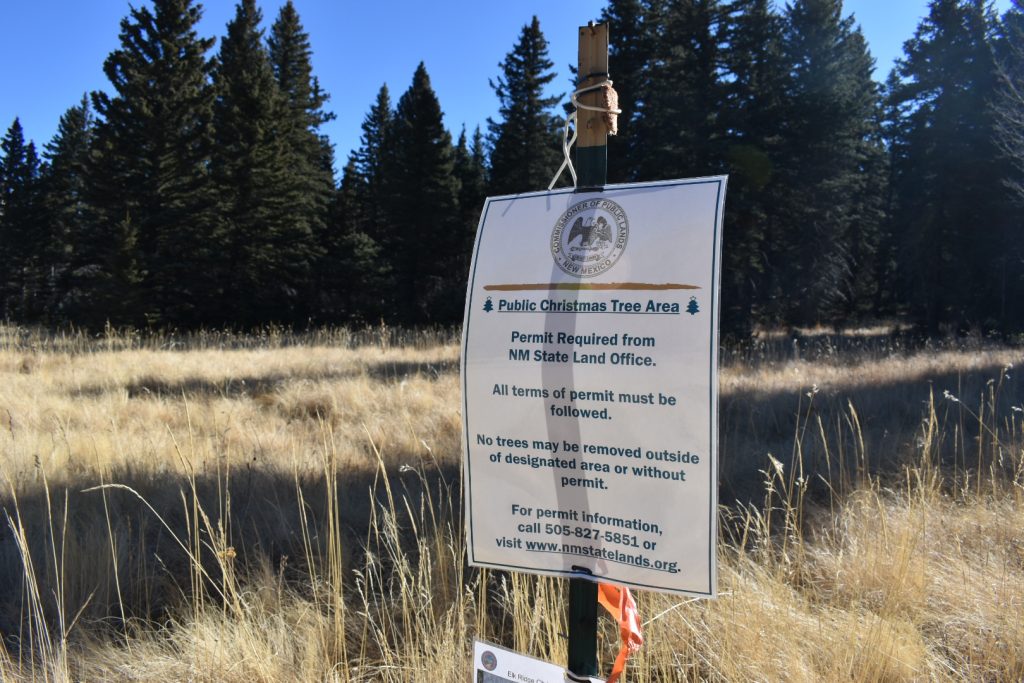FOR IMMEDIATE RELEASE
December 3, 2021
Contact:
Tarin Nix, Deputy Commissioner of Public Affairs
tnix@slo.state.nm.us
State Land Office Offering Low-Cost Christmas Tree Cutting and Sand Gathering Permits
SANTA FE, NM – The New Mexico State Land Office announced that for a second time, they would offer low-cost Christmas tree cutting and sand gathering permits on state trust land.
Christmas tree cutting permits are available for $10, and the permitted area is located East of Black Lake and South of Angel Fire. A limit of one tree, no taller than 15 feet, is allowed per permit.
Sand gathering permits cost $5 and allow an individual to gather 20 gallons of sand or approximately 100 farolitos. Seven areas have been made available across the state for sand gathering purposes.
Interested individuals can visit the agency’s website to download and return a permit application, find maps and directions, along with all other important details regarding the permits. Click here for more information.
Commissioner Stephanie Garcia Richard released the following statement:
“During this holiday season, we hope you and your family take advantage of these low-cost permits on state trust land and create lasting memories as you search for the perfect New Mexico tree and fill your farolitos. There is nothing more rewarding than finding the perfect tree and filling it with your family memories. In the spirit of holiday giving, remember every permit purchased goes directly to helping fund New Mexico schools, hospitals, and colleges.”
Commissioner of Public Lands Stephanie Garcia Richard has overseen the New Mexico State Land Office since 2019. In that time the agency has raised over $3.5 billion for New Mexico public schools, hospitals, and universities. Over 13 million acres of state trust land are leased for a variety of uses, including ranching and farming, renewable energy, business development, mineral development, and outdoor recreation. The State Land Office has a dual mandate to use state trust land to financially support vital public institutions, while simultaneously working to protect the land for future generations.



